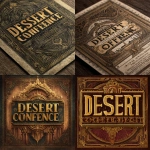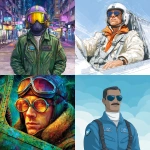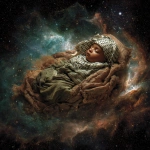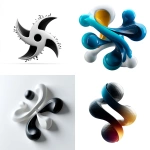Explore the Best AI Image Gallery
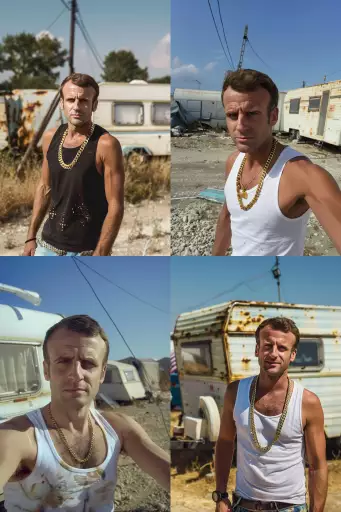
Blockchains Creative Spark: Transforming Finance and the Art World
The intersection of blockchain technology and the creative industry is a space brimming with innovation and disruption. While blockchain is widely recognized for its role in revolutionizing finance through cryptocurrencies and decentralized applications, its potential extends far beyond the realm of money. This transformative technology is poised to reshape how art is created, traded, and experienced, ushering in a new era of transparency, authenticity, and accessibility in the creative landscape.
Blockchains Impact on Finance
Blockchains influence on finance is undeniable. Its decentralized, immutable ledger system offers unparalleled security and transparency, making it ideal for streamlining financial transactions and reducing reliance on intermediaries. Here are some key impacts:
- Smart Contracts: These self-executing contracts automate agreements and payments, simplifying complex financial processes and reducing the need for lawyers and brokers.
- Decentralized Finance (DeFi): Blockchain enables the creation of decentralized financial systems, offering alternative lending, borrowing, and investment opportunities without traditional financial institutions.
- Tokenization: Assets like real estate, art, or intellectual property can be tokenized on the blockchain, making them more liquid and accessible to a wider range of investors.
Blockchains Creative Canvas
Blockchain technology is unlocking exciting possibilities for artists, creators, and collectors. Here are some transformative applications:
- Digital Ownership and Authenticity: Blockchain provides a permanent record of ownership for digital assets, ensuring authenticity and provenance. This is particularly valuable for NFTs (Non-Fungible Tokens), which represent unique digital items like artwork, music, or collectibles.
- Royalties and Fair Compensation: Smart contracts can be programmed to automatically distribute royalties to creators every time their work is sold or used, ensuring fair compensation throughout the lifecycle of a creative asset.
- Decentralized Marketplaces: Blockchain-based platforms enable artists to sell their work directly to collectors without intermediaries, cutting out traditional galleries and reducing transaction fees.
Ethical Considerations
As with any emerging technology, blockchains impact on the creative industry raises important ethical considerations:
- Copyright and Intellectual Property: Blockchain can help protect intellectual property rights, but it also presents challenges in enforcing these rights in a decentralized environment.
- Accessibility and Inclusivity: Ensuring that blockchain technology is accessible to all creators, regardless of their technical expertise or resources, is crucial for fostering an inclusive creative ecosystem.
- Environmental Impact: Some blockchain networks require significant energy consumption for mining, raising concerns about their environmental sustainability. Exploring more energy-efficient alternatives is essential.
Future Trends
The convergence of blockchain and the creative industry is still in its early stages, but several exciting trends are shaping the future:
- Immersive Experiences: Blockchain can power immersive experiences like virtual art galleries, augmented reality installations, and interactive storytelling, blurring the lines between the physical and digital worlds.
- Decentralized Autonomous Organizations (DAOs):** Creative collectives and organizations can leverage DAOs to make decisions collectively and distribute resources transparently, fostering collaboration and innovation.
- Personalized Creativity: Blockchain can enable personalized creative experiences, allowing users to create and share their own digital assets, customize artwork, or participate in collaborative projects.
Blockchain technology is poised to revolutionize the creative industry, empowering artists, fostering collaboration, and democratizing access to opportunities. As this transformative technology continues to evolve, we can expect even more innovative applications that will reshape how we create, experience, and interact with art and culture.



](https://images.ai-img.art/thumbnails/150/9127f72c6be19d533c26ac476f4d216cd89a6a2d7c351333489a3eff30c3ec5a.webp)


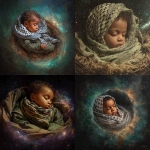

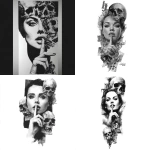
](https://images.ai-img.art/thumbnails/150/4a4f2a16da94ebadad64aeb3b0fb4e64d426431f1d651cc4929142c728fe85b7.webp)



](https://images.ai-img.art/thumbnails/150/24610c8978ce6b4f1ced8639b434482871adb07e38af8b90cd535f2533bf18cc.webp)


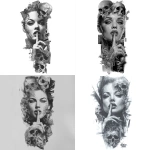
](https://images.ai-img.art/thumbnails/150/37f115f2fa75765b87e6d3e2c9f1b0a80a6a46efa8b864a05278c7fc0a0a62e7.webp)

](https://images.ai-img.art/thumbnails/150/85464d88f1d4314cd042a02a6f41440fc3b4343db529794cbe8e6836fdadf409.webp)

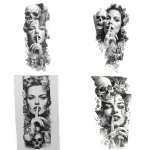
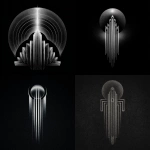
](https://images.ai-img.art/thumbnails/150/b90a5f332cb5d8f02116934e13abd20233e0eeb2368274dbdffaa2e281e4dff5.webp)
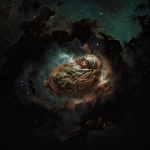
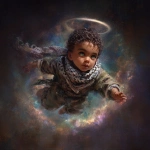

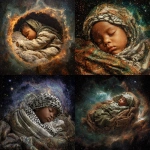



](https://images.ai-img.art/thumbnails/150/336026613fd234b8d6908fe18ecc09b2b2ecf7b8dfe294742041c9862dc499c1.webp)



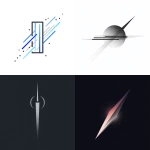

](https://images.ai-img.art/thumbnails/150/d29fcfc8037938184a641f7980e1102e24a6e82088bc465886d26ffe5bb006c7.webp)

